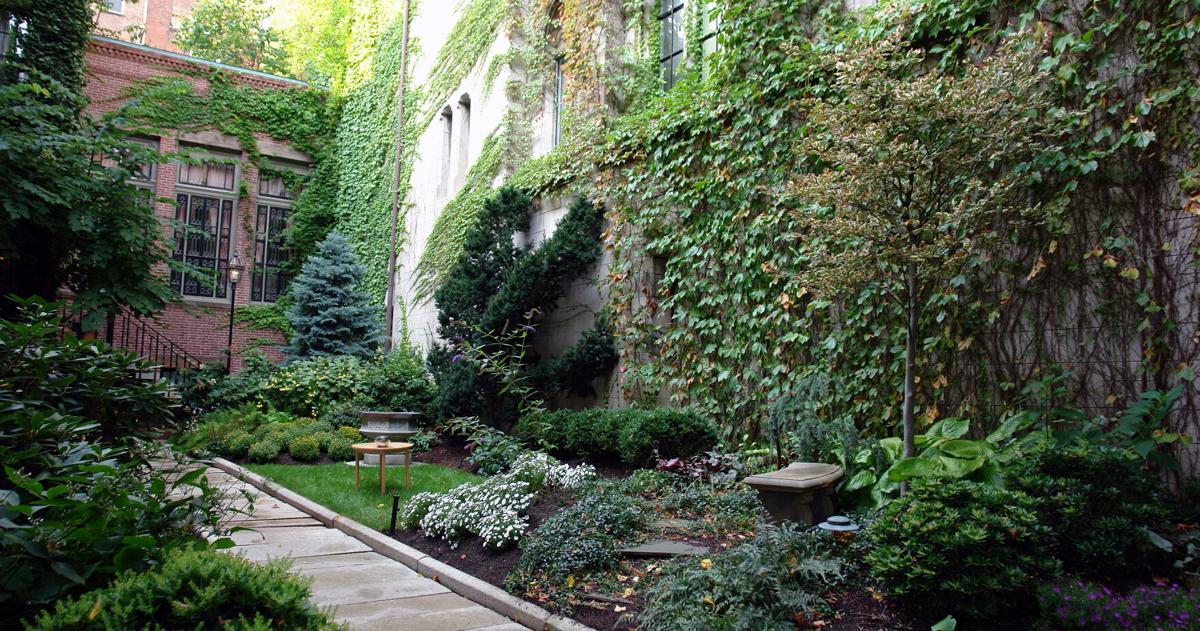NORTH TEXAS (CBSNewsTexas.com) – There are plants in our landscape that shouldn’t be here. Invasive species are non-native plants that grow or reproduce aggressively in our local environment.
They are not kept in check by predators, competitors or disease so their population can dominate a local landscape. Some of these plants were introduced by retailers as plants that “work well” in our environment. Over time it was discovered that they were invasive.
Chinese Privet is a prime example. It was introduced to the North Texas landscape almost two generations ago as a fast-growing hedge row plant. It produces bountiful purple berries at the end of the season that birds love to eat. Those seeds are spread by the birds through their poop.
Privet dominates the landscape in either shade or full sun. If left alone it can even grow into a small tree. As it spreads it chokes out native plants as it forms a thick, arching canopy over the ground. The only thing you can do is remove it by the roots to stop its spread.
That is exactly what volunteers are doing at the Bachman Creek Greenbelt extension near Love Field in Dallas.
There is a unique 54-acre parcel of land along the upper reaches of Bachman Creek that has remained untouched since Dallas was incorporated in 1841. For a long time, it was part of the Love Field easement and was ignored as the existing Greenbelt was developed (it is not attached to the existing park).
Just this fall, the city cut a walking trail through the undeveloped land. It was full of privet and other invasive species that spread from the Dallas lawns upstream.
There is a Burr Oak near the creek that is almost certainly nearly 200 years old. It is massive, the State Forestry Department has been asked to survey the tree, and it could be big enough to be labeled the new state champion.
It grew to full maturity undisturbed as Dallas developed completely around it. But under its massive branches, its world completely changed. Privet dominates the understory now. The invasion of the plant likely put enough stress on a sister oak next to it to kill it over time.
The trail was cut about a month ago. When we walked it for this story, we saw Privet already creeping back into the cleared areas. Not only Privet but also other invasive species like nandina, liriope, Chinese Pistache and Mimosa.
The clearing will continue, and the hope is to open the trail by next spring. By clearing out the invasives, the hope is that the native plants will move back in.
When you are deciding what plants to put into your landscape, please cross-reference them with this website, the Texas Invasives database. You might be surprised to find how many plants being sold in local nurseries are on this list. It is all our responsibility to protect native plants and their habitat.
Jeff Ray is the senior First Alert Meteorologist at CBS News Texas and an avid gardener. When not covering the weather, he is finding stories about Gardening in north Texas. If you would like Jeff to come talk to your group about how changing weather patterns are changing the way we garden in this area, please email him at [email protected].

.jpg)






